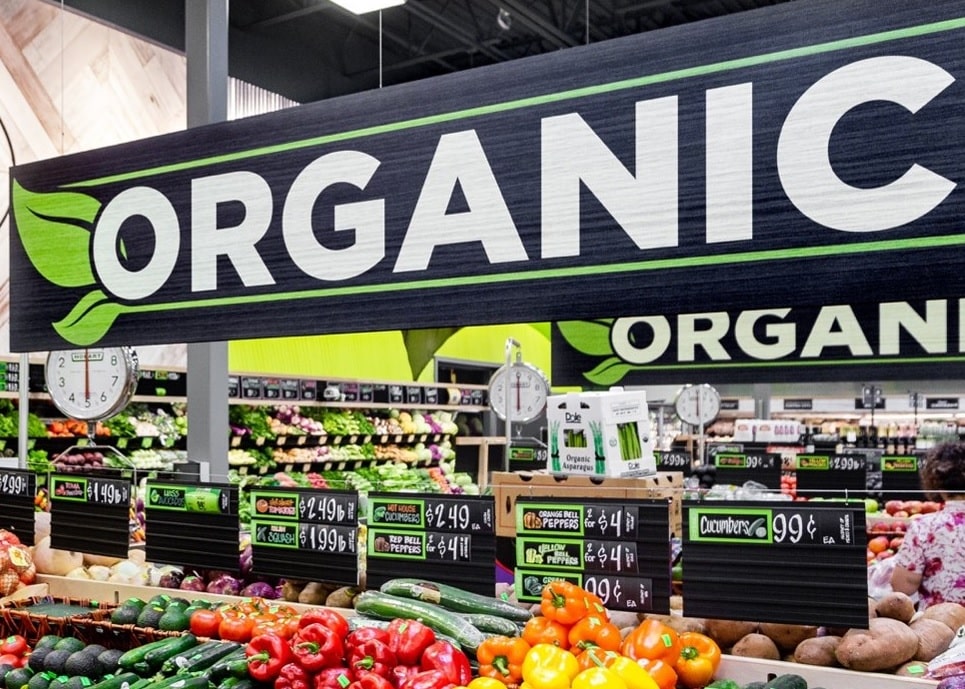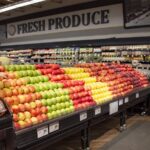
You’ve heard the complaints that too many coupons are for unhealthy foods, too many advertised specials are not really good for you, and junk food is too often temptingly less expensive than healthier options. But when it comes to making not-so-good-for-you choices at the grocery store, a new study says we may be doing it to ourselves.
Just picture yourself pushing a cart down the breakfast aisle – you grab a box of sugary cereal, and then figure you’ll offset that by buying a box of unsweetened bran flakes, too. In the dairy section, you feel good about yourself for picking out some nonfat yogurt, so you treat yourself by grabbing a carton of ice cream as well.
That’s psychology for you, according to the authors of a recent report.
“Healthy shopping dynamics: The healthiness of sequential grocery choices“, as published in the Journal of Retailing, found that the scenario described above is a common phenomenon. “Healthier choices may not necessarily lead to healthier baskets,” they found, because a “healthy food choice is typically followed by an unhealthier choice,” and vice versa.
The researchers conducted two studies to put this hypothesis to the test. In one, they recruited shoppers to participate in a simulated online grocery shopping experience, asking them to conduct what they’d consider a typical shopping trip. In another, they examined actual in-store shopping trips, using purchase data from more than 5,000 shoppers who bought more than 100,000 individual items at a major grocery chain. Crucially, that data came from shoppers who used self-scanning devices, so their purchases could be viewed in the order they were selected and scanned.
In both scenarios, the researchers discovered the results were largely the same. “The relative healthiness of an initial product choice is indeed inversely related to the relative healthiness of the subsequent choice,” they found. So when shoppers “initially select a healthy option, this choice is typically balanced by an unhealthier subsequent choice, whereas unhealthier choices in turn are followed by healthier subsequent choices.”
If you fill your shopping cart with nothing but junk food, you know it’s not going to be good for you. And if you buy nothing but healthy foods, what fun is that? So this phenomenon of choosing one of this and one of that, something good and something bad, shows that grocery shopping can be a constant balancing act. “Unhealthy food is perceived to be tastier,” the researchers write, “and consequently often triggers an impulsive, short-term indulgence.”
So armed with this knowledge, what do we do with it?
What you buy at the grocery store is your business. But there’s still a societal benefit to encouraging healthier grocery choices, since that could help lower overall health care costs for us all. So there have been plenty of public programs over the years aimed at incentivizing healthier grocery purchases. Over the past year alone, one community has used proceeds from a tax on sugary drinks to fund fruit and vegetable coupons for low-income shoppers. And a major retailer and manufacturer teamed up to distribute coupons for produce items to children, to help them make healthier choices early in life.
But neither program, nor others like them, may make much of a difference if the coupon recipients end up balancing out their healthy purchases with unhealthy indulgences.
“Our findings have important implications for organizations and policy-makers aiming to promote healthier food choices,” the authors of this study write. Programs like the ones described above “are implicitly based on the notion that improving the healthiness of single choices also leads to healthier baskets.” But “our research suggests that it is crucial to acknowledge and incorporate the interdependence between sequential food choices” in order for such efforts to have a real impact.
One way they suggest addressing this is through the use of technology like self-scanners or smart shopping carts, to offer encouragement during your shopping trip. “One could, for example, provide shoppers with real-time feedback that promotes goal commitment,” they write, suggesting that choosing a healthy product could prompt the scanner or smart cart to respond with “Let’s make another healthy choice!”
Until that happens, you’re on your own. A single study may not lead you to make healthier choices every time you go grocery shopping. But the next time you balance out a low-calorie purchase with a full-fat indulgence – at least now you’ll know why.
Image source: Sprouts Farmers Market










